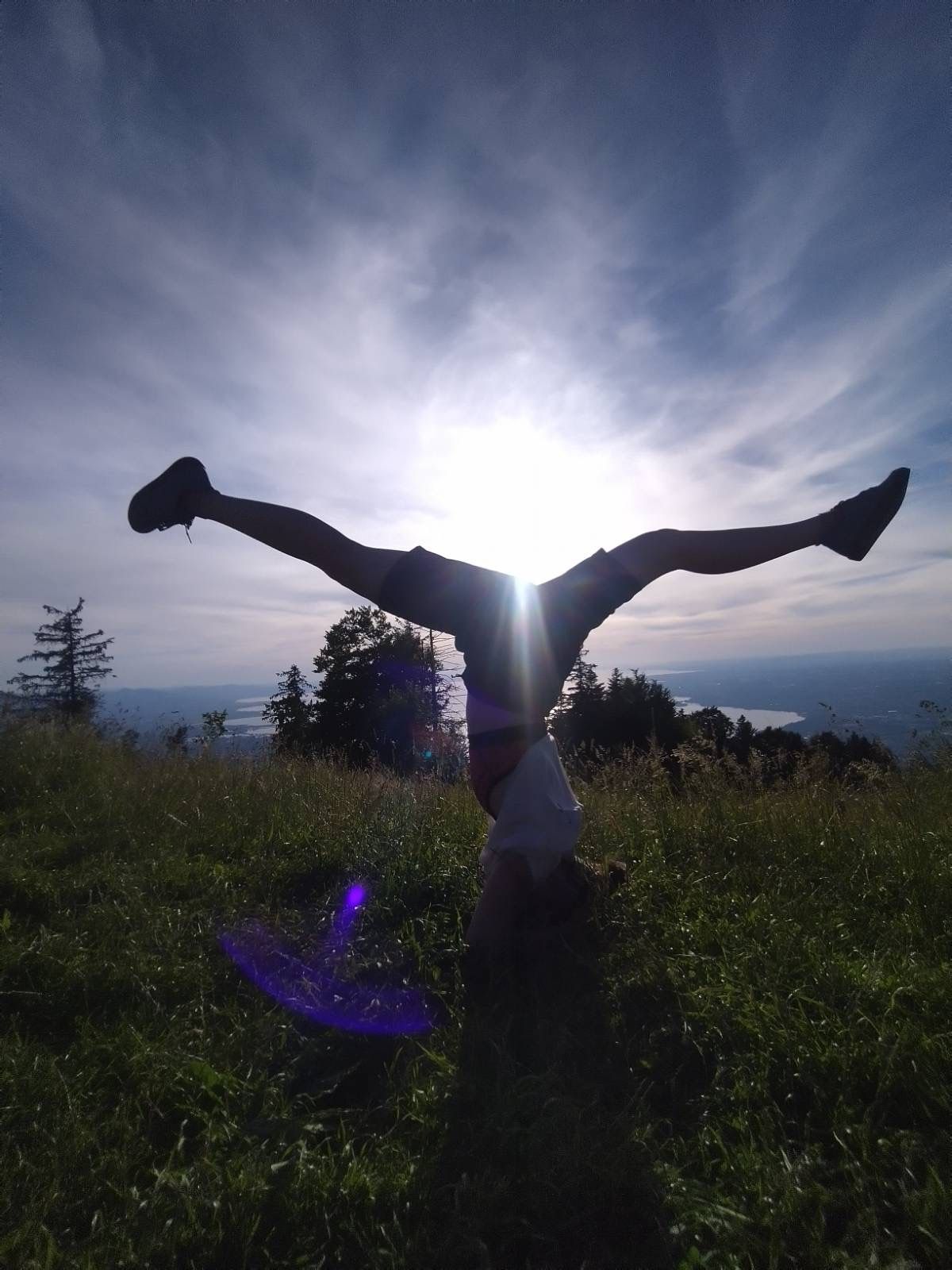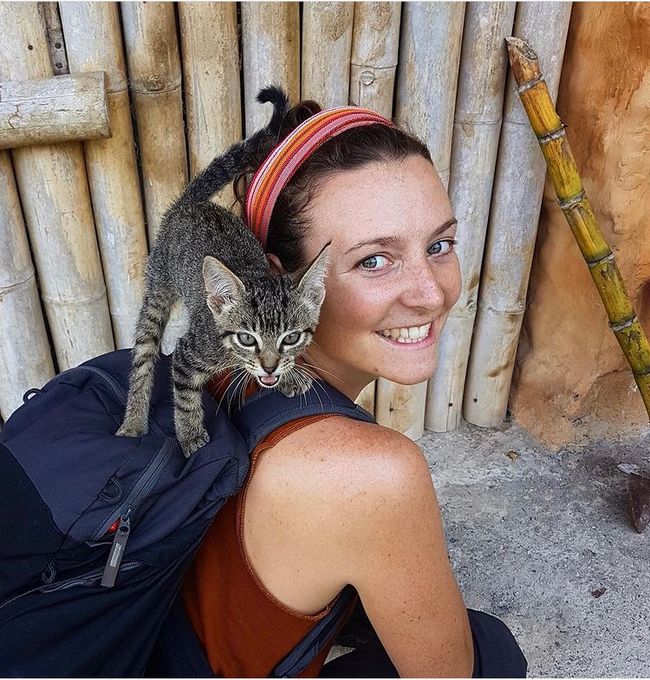Ailefroide and Écrins Massif
Argitaratu: 07.09.2022
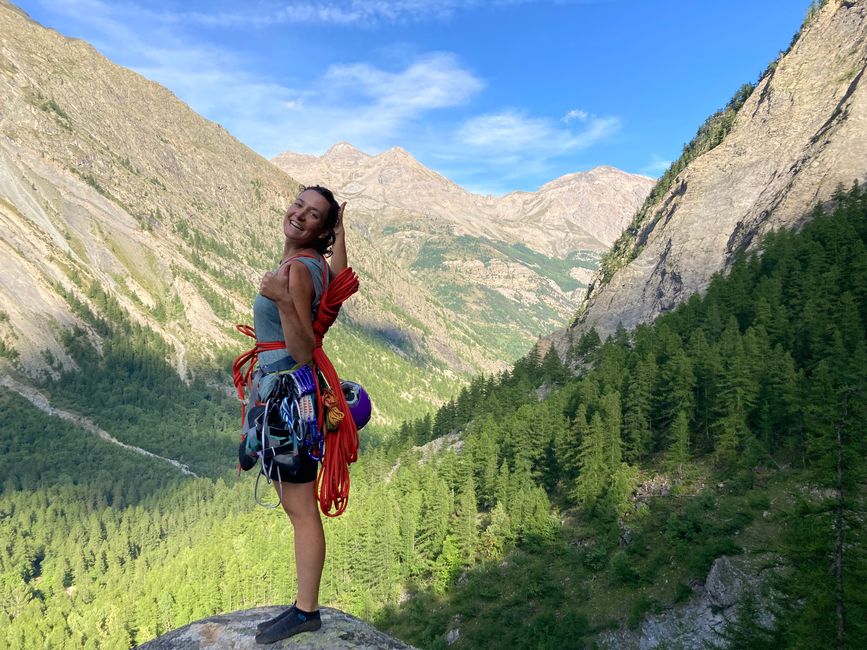
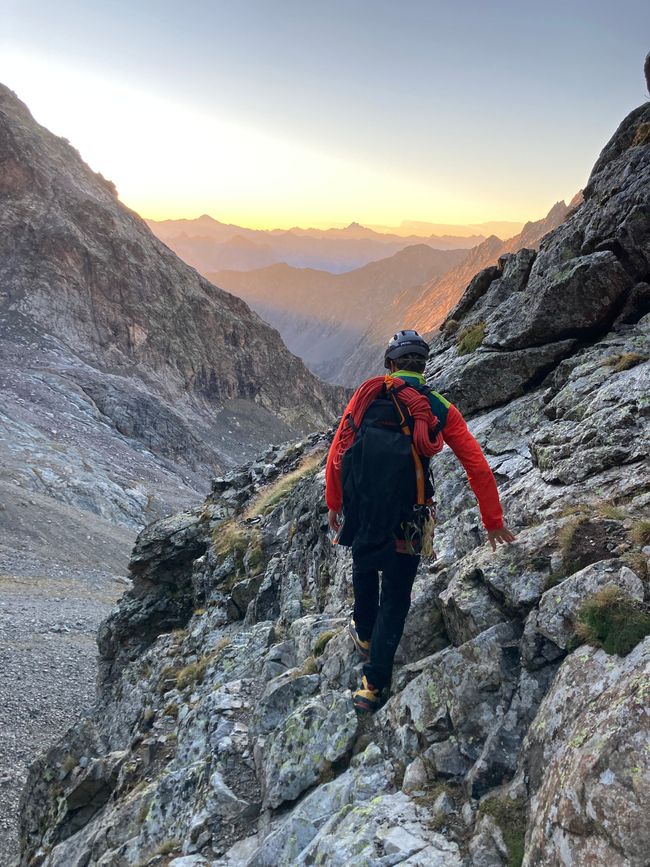
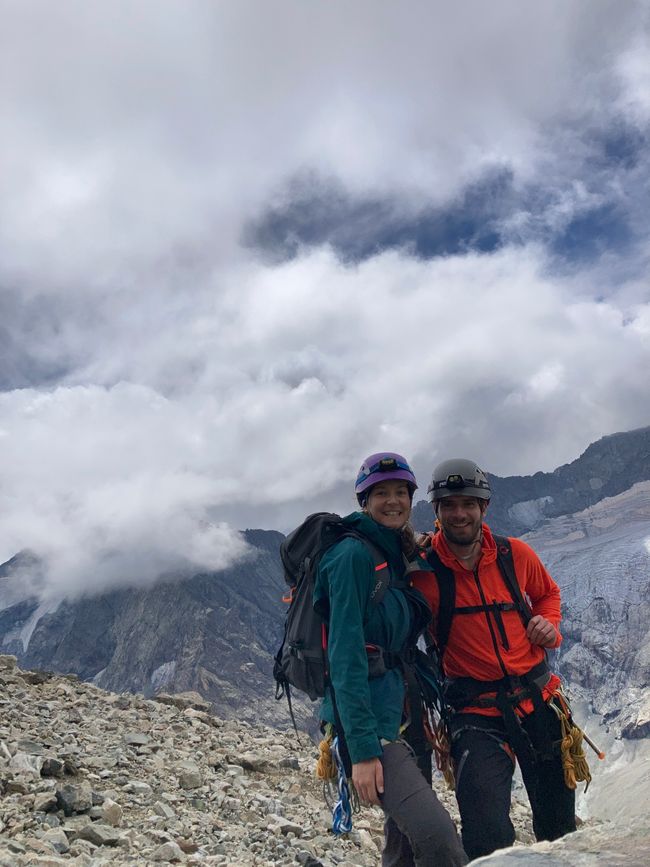
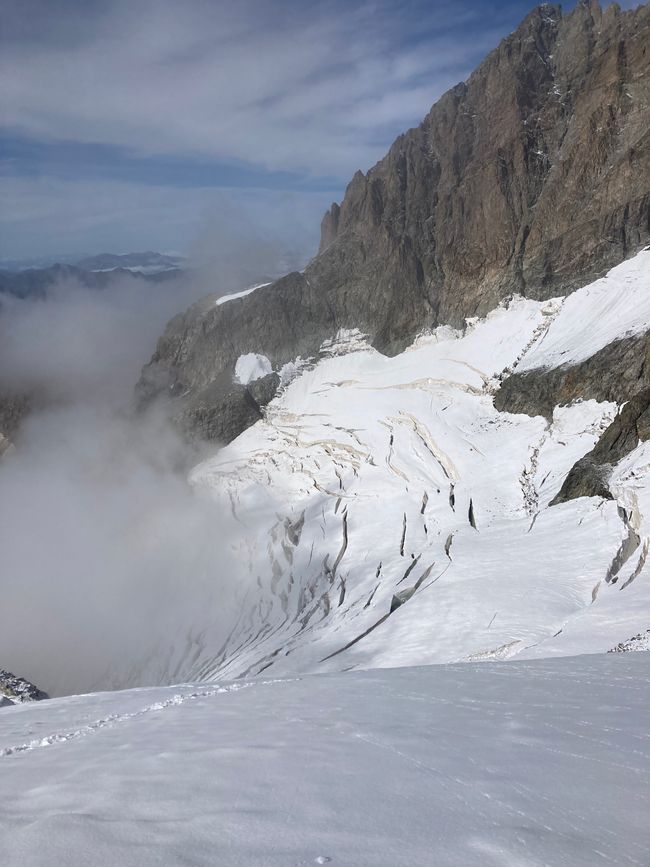
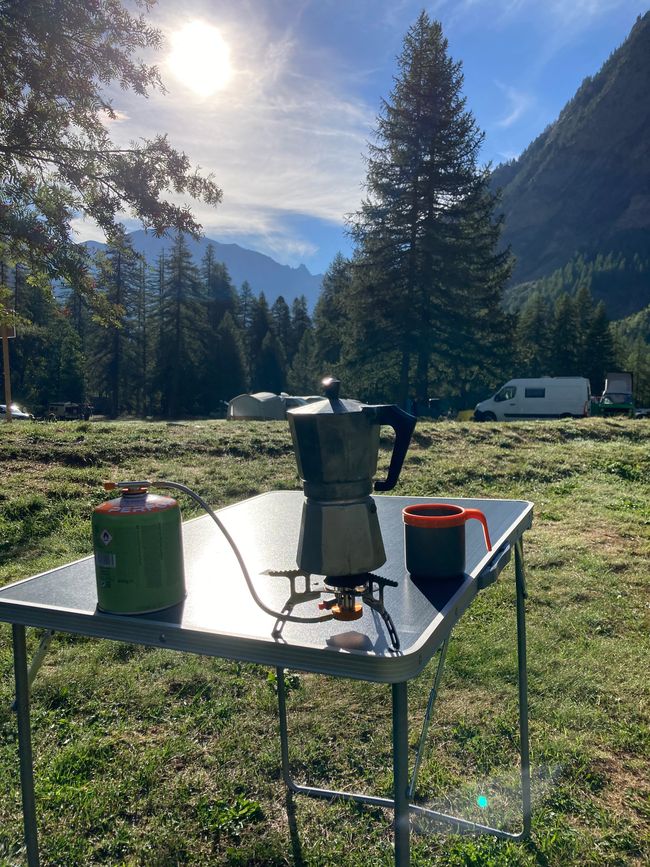
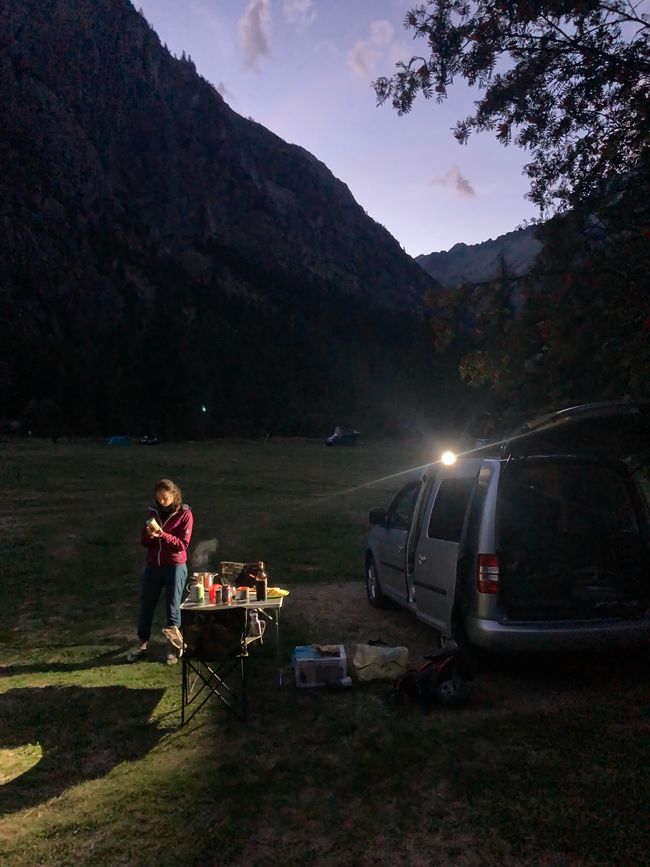

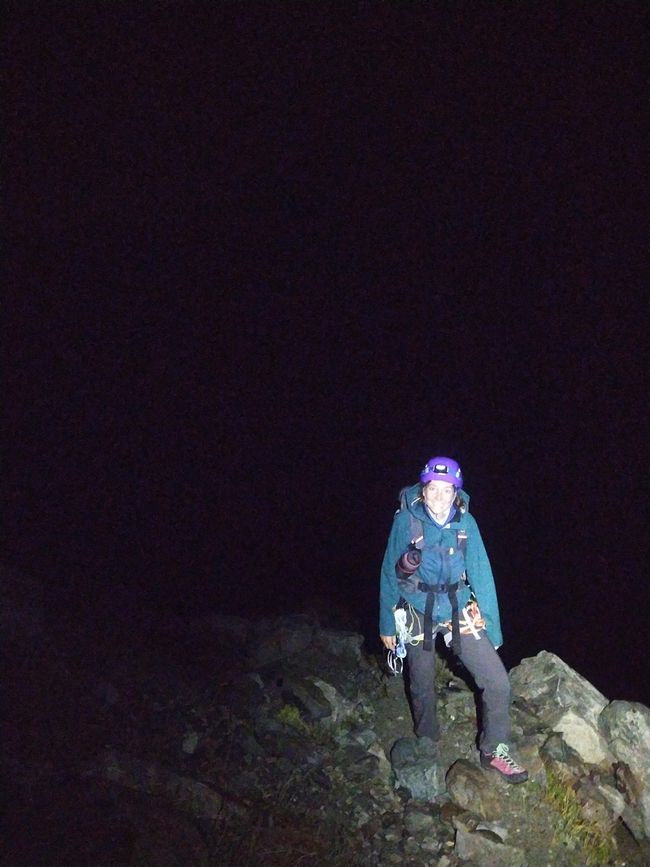
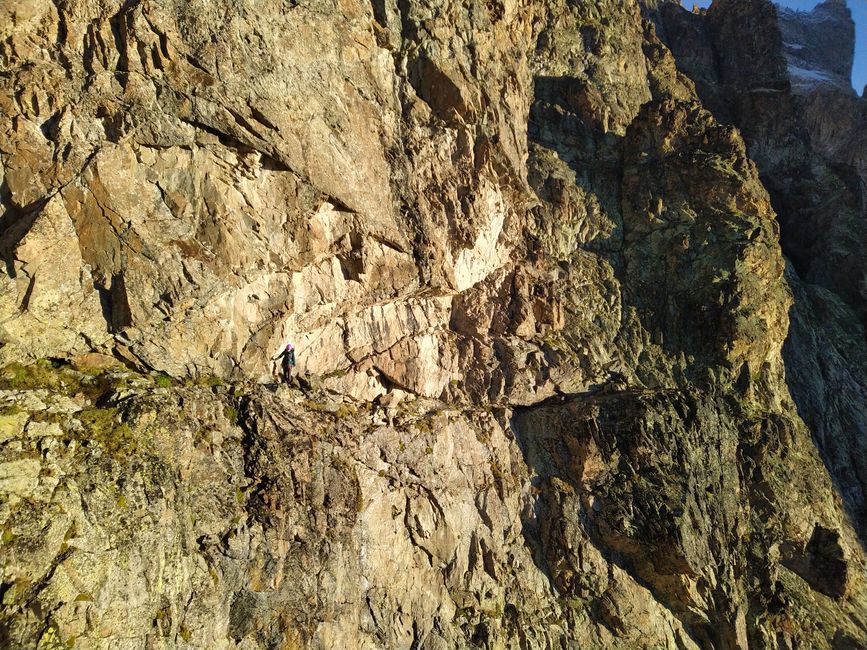
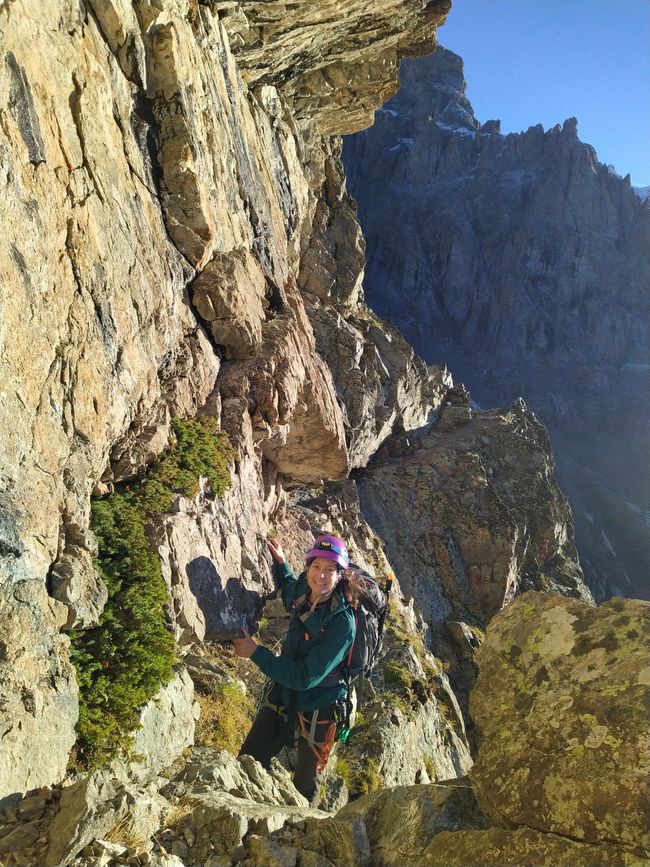
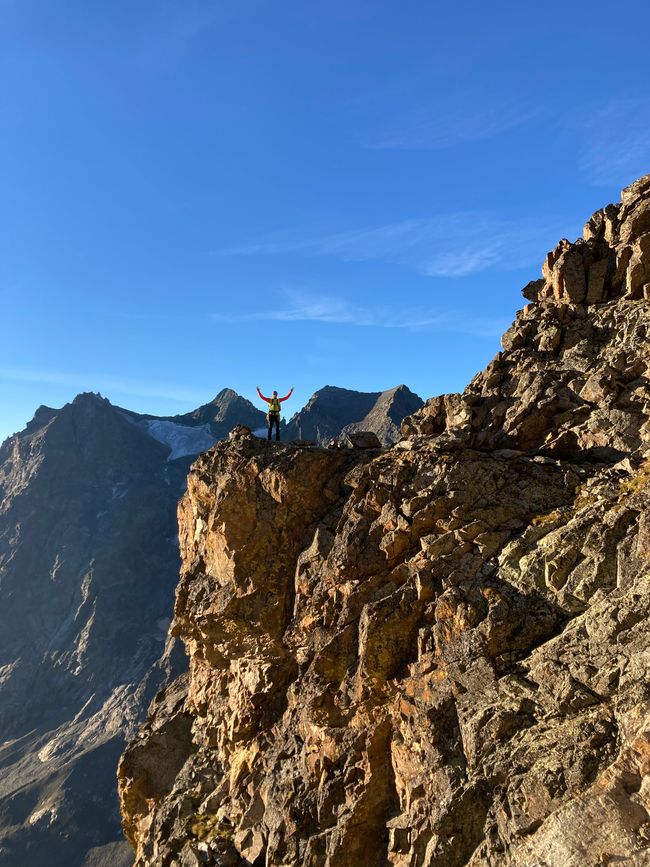

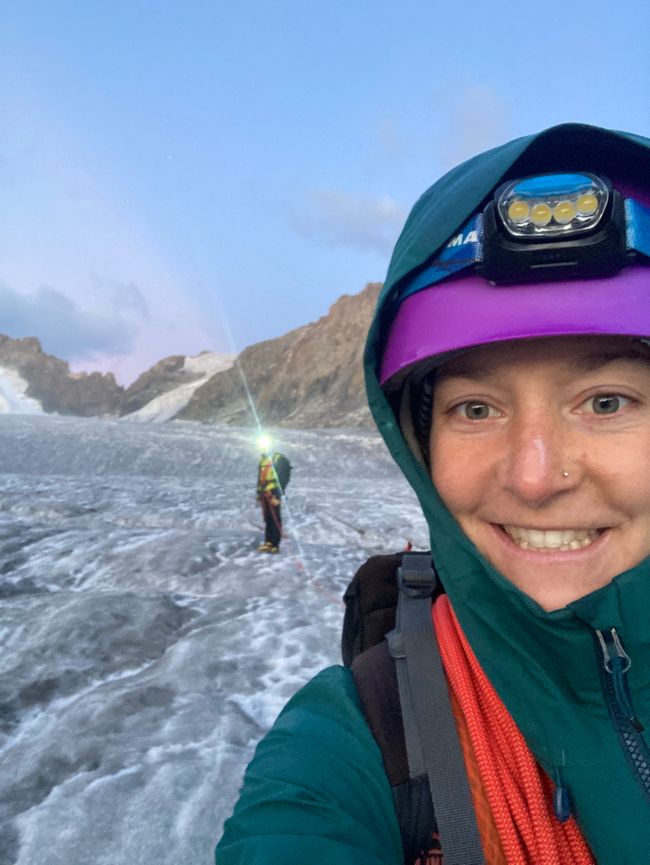
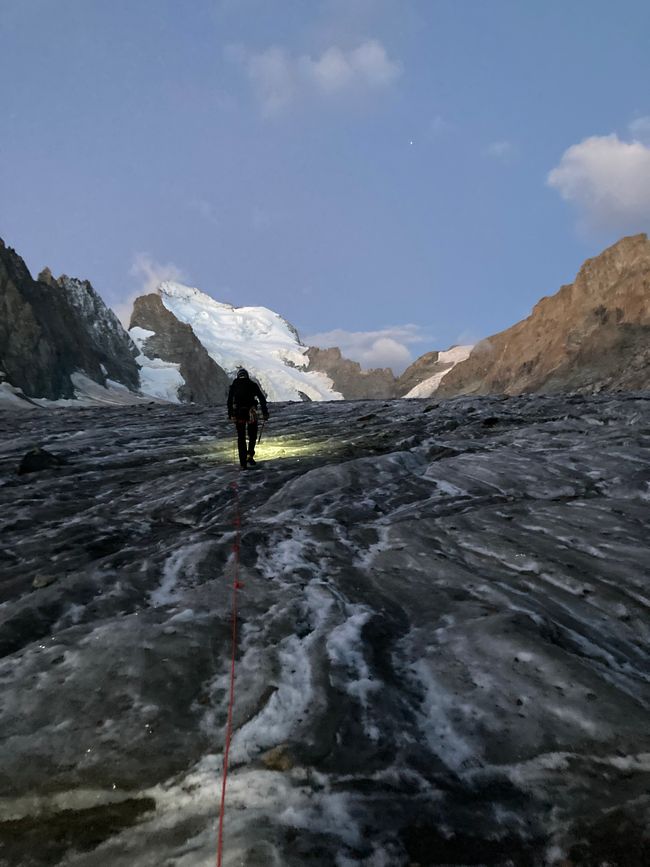
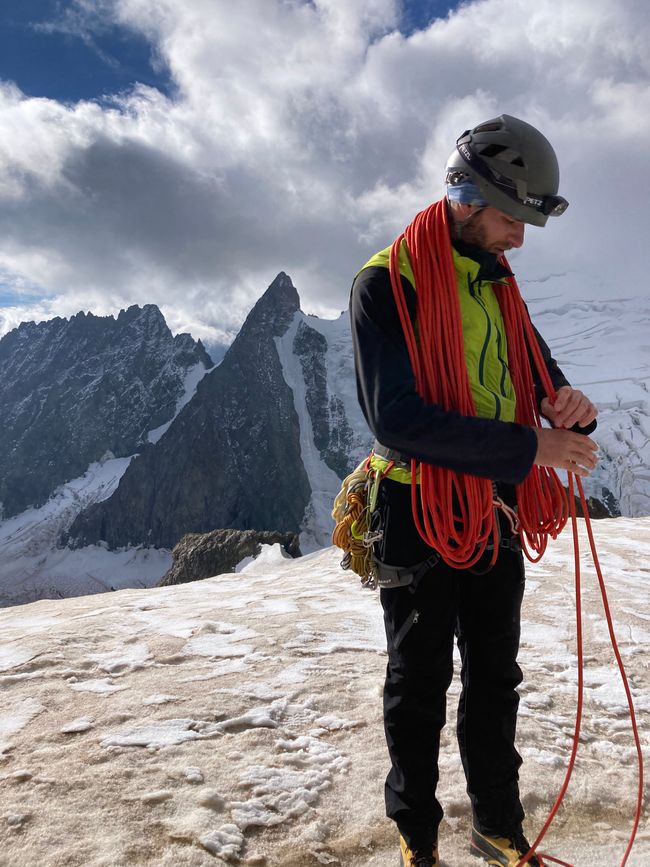
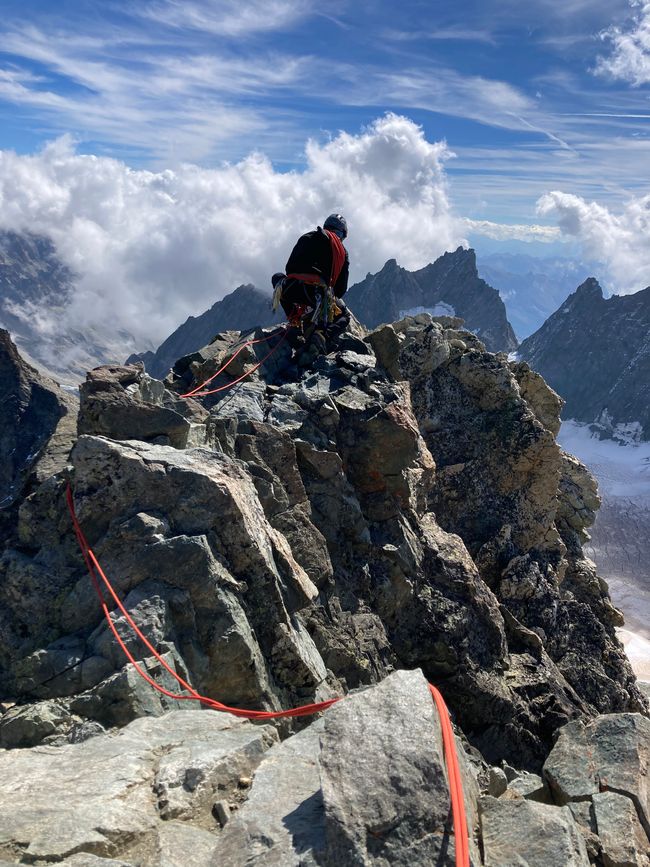
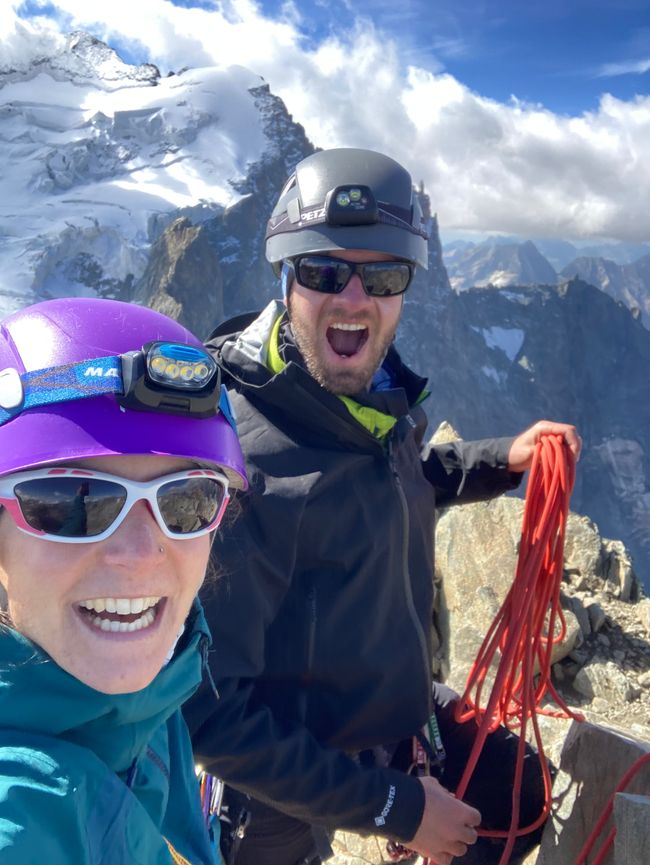
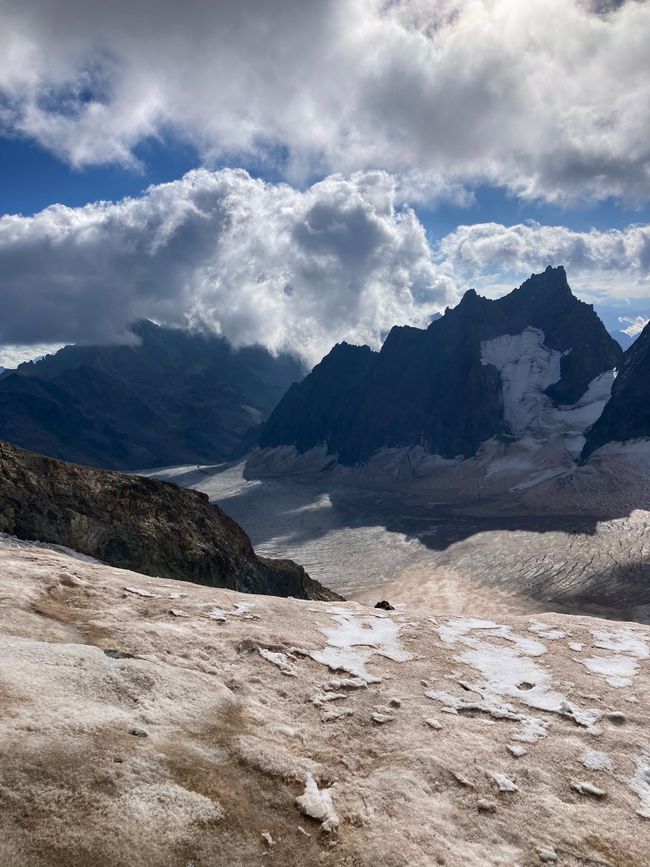
Harpidetu Buletinera
Ailefroide is a remote climbing mecca in the southwestern French Alps. But we didn't end up here just because of the steep granite walls: I had the responsible task of finding not only a climbing but also a mountaineering spot. Yeah easy... but what is a "mountaineering" anyway? Actually, I think all the mountains I climb are high 😁. There are definitely high mountains in the Écrins Massif (around Ailefroide), so we drive several hours to the destination with the natural gas Caddy. We start getting a little nervous when we try to find a natural gas station nearby. Difficult, it seems that natural gas is only used for cooking in France. So the car has to stay at the campsite, we have to save natural gas strictly.

However, the natural gas tank situation doesn't take away our enjoyment of the breathtaking landscape. I hardly know any steep rock walls like these in our Alps. But before we can go on a mountaineering tour, I still have to practice diligently. Rappelling, building anchors, setting up self-protection systems. Slowly, it dawns on me what I have gotten myself into again...

The dry training is not yet complete, and we are already starting with an "easy" tour to Ailefroide Orientale. Nervous and uncertain before the approaching glacier, I can hardly sleep, good thing we are already starting at 5 a.m. We make good progress about two hours before sunrise.

The first glacier traverse went well, flat and hardly any crevasses. But then the scrambling begins. It's not difficult, but without a rope, it's mentally demanding for me.


But then comes the Banana. Oh yes, the Banana Glacier deserves its name because of its curved shape. It is 40-45 degrees steep, and I have no clue how to kick crampons into the ice properly, let alone using the ice axe. David watches the spectacle with an increasingly concerned face for a while until my wheezing becomes too frightening. Finally, at 3,700 m, we reach the end of the Banana, only 150 m left to the summit. But David is worried about me, probably also because of the 2,300 m descent that lies ahead of us. So close to us, the final icy ridge, but we turn around. Disappointed and relieved at the same time, I trudge down the Banana again. No summit success for Elena on this day, but I have learned a lot.

A few days later, we want to know it again and have chosen a wonderful tour with a focus on climbing, which I prefer. Have I mentioned that I don't like glaciers? Luckily, I have an ally in the fight against the cold monsters with climate change. However, things turn out quite differently than planned. We are advised against the tour at the mountain hut: a major rockfall has severely damaged the key section, even the mountain guides have turned back since then at Col Tuckett. Our alternative route (Roche Faurio), as it should be, goes over a huge glacier.

So this time we start even earlier, the path is long. I feel very good that day, only the icy wind bothers me. We have already passed two glaciers by 9:30 a.m., even a short steep icy section, and now we are climbing the exposed ridge. First, we secure ourselves very conservatively, which takes a lot of time. Then we use a new technique for us, the running belay. With this, we progress faster and still safely reach the summit. Falling should be avoided, it would definitely hurt. At 3,730 m, there's only time for a quick selfie because the climbing has taken us nearly two hours.


But now it's time to descend, cross the huge Glacier Blanc and its countless crevasses again, and report our tour to our sweet hut hostess. And so, after about 13 hours, we return to the valley. Exhausted but happy that everything went smoothly this time.

After many hours on the glacier, I have gotten used to it a bit. It is so calm, only the melting water rushes down in the afternoon. The crevasses are sometimes real works of art, and the ancient glacial blue inside them makes me feel very small and insignificant. Well, I'd rather fight against climate change than against the glacier!
Harpidetu Buletinera
Erantzun
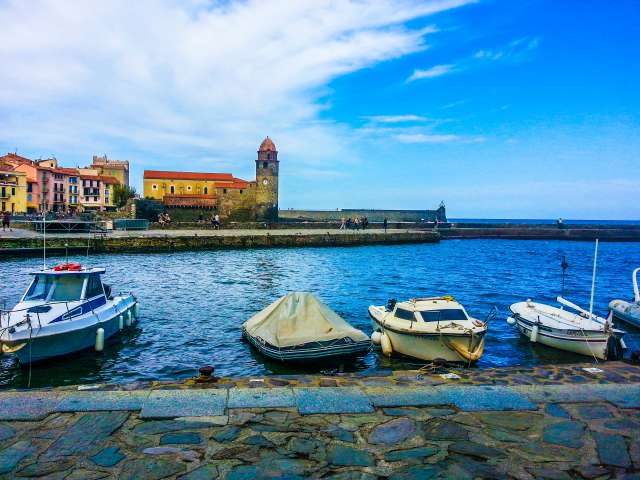
Bidaien txostenak Frantzia
